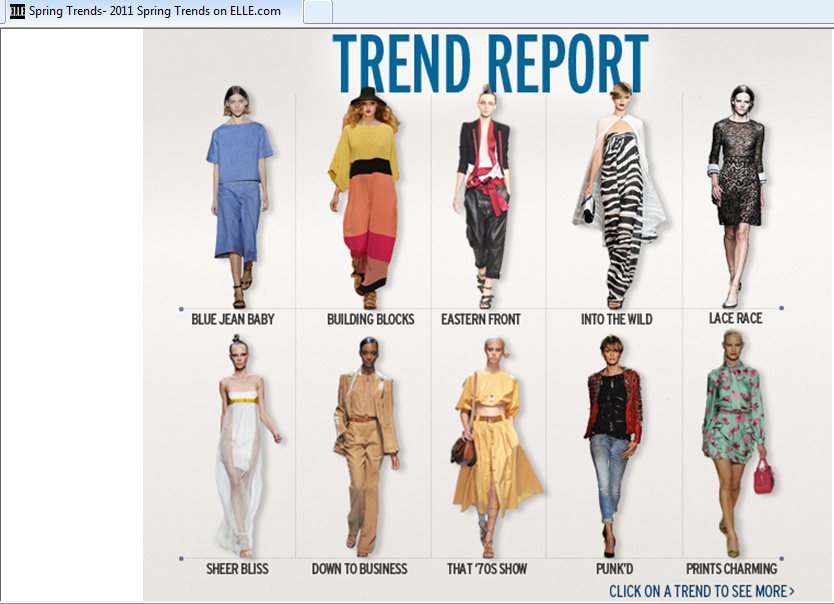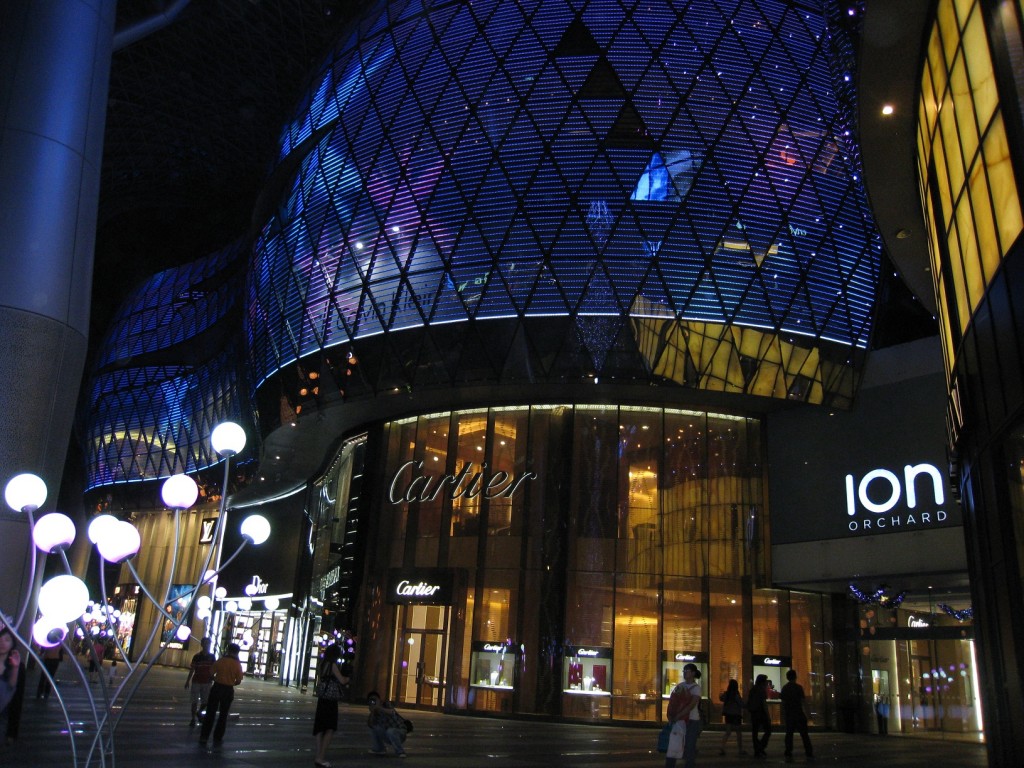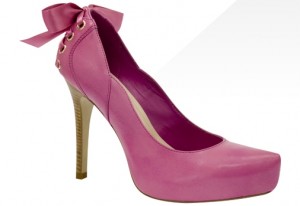Markets always change. Like Fashion, darlings.
There are strong themes though that I think would be coming back and forth in time, sort of like going “retro” with 70’s or 60’s style back in vogue every now and then. Or hemlines going up and down and up again — an economist even coined “The Hemline Index” saying “ the shorter the skirt, the stronger the economy” 😛
For sure, there are a lot of issues but I will tackle some here that shake the broad markets particularly stockmarket, commodities (Oil, Precious Metals, Agriculture) and Foreign Exchange. Issues include:
- Debt
- Demographics : One for the Ages
- Transfer of Wealth : New market darlings
- Climate and Environment
- Geopolitical risks : Power to the People
The Fashion world seems to have it all covered! Check out this Trend report from Elle for the photos.
http://www.elle.com/Fashion/Trend-Reports/Top-10-The-Spring-2011-Trend-Report
_____________________________________________
DEBT
I wonder if it is Debt issues that is raging in many parts of the world that gave inspiration to fashion’s trend of color-blocking (bold, solid colors mixed together) – think Rubik’s Cube in a Gucci dress! Seemingly flying the flag colors of the US, European Union countries, to Dubai, governments with the same problem, like there is a “United in Debt We Stand” theme going on. Apart from governments, there’s also some credit issues with personal debt (credit cards, home loans). I guess better than waving the white flag of surrender!
This trend will continue due to the massive amount of debt borrowed for years and years and lessening ability to pay. From concern about government earnings short on payments to people’s houses actually going on foreclosure, workers have to be let go, and people limit their spending or businesses can not add staff – not good.
Color-blocking is shocking (well it’s Fashion! It’s meant to stand out!), I suppose these economies need the energy and positive vibes!
TRANSFER OF WEALTH : New Market Darlings
All is not that bad in other parts of the world. Before the Global Financial Crisis (GFC), Brazil, Russia, India and China – or BRICs – have been supplying materials, goods and services to rich countries and been able to “save for a rainy day” and invest in growing. It’s interesting, following the GFC the “rich” countries are struggling with their debts and the BRICs are bigger and better. After GFC, is a new batch of market darlings, “emerging economies” as known in the news – and the rising stars are called the “CIVETS” Colombia, Indonesia, Vietnam, Egypt, Turkey and South Africa. These countries have low debt, robust economies, young and big population and natural resources. The total package.
With growing influence of China, Eastern inspiration in Fashion is definitely in order – Asian themes are gracing the runways – kimonos, Indochine, and traditional prints. (So very Vera Wang!) After all, China has been “spreading the good stuff” to its neighbors, boosting industries with “cheaper labor” in neighboring VietNam and investment opportunities in resource-rich Indonesia, Australia, neighboring Southeast Asian countries and as far as Latin America where mining and agricultural products are the must-have acquisitions.
All this newfound wealth translate to rising middle class “shopping sprees” 😛 or consumption. This in turn put more people at work to produce goods, who get more money to buy modern conveniences –microwaves, washing machines, which needs more resources like iron ore, copper, oil, so it strings along other countries — Australia, New Zealand, Latin American and African countries who supply them. I think Fashion gives this hint with its “layering” and raging “animal / tribal” trends! I’m not surprised anymore 😛
DEMOGRAPHICS: One for the Ages
It was said behind the housing crisis , is a certain demographic – younger people who tend to borrow. Well, they are young, they haven’t been around long enough to save much. That’s what they (we!) do.
Now how about the “baby boomers” – retirees needing money for retirement? It’s been said that a lot of their nest egg melted with the GFC that just happened and any more remaining funds will be withdrawn from mutual funds / shares moving to cash or more liquid assets. Hopefully not all together at the same time, but there will be millions retiring per year and may cause waves on the market from transfer of assets.
This could even alter the face of societies. There could potentially be more migration, in another era, people migrate to developed countries to seek greener pastures. With high cost of living and fewer opportunities, many “migrant retirees” would think of returning to their homelands. This has already happened with Western-trained Chinese professionals lured by the opportunities in their boom town hometown.
http://online.wsj.com/article/SB10001424052748704648604575619950288337066.html
As in Fashion I think we should expect economic developments that is “age-appropriate”.
CLIMATE AND ENVIRONMENT
In the last few years, more effort is made to find alternative sources of energy, largely because of skyrocketing prices of Oil and environmental impact. We might continue to see this developments in the market, a toast to “fashion-forward” thinking.
For one, global Oil demand is on the rise with more people needing electricity to run households and gas for cars. India recently produced the $2000 car “Nano” and you can expect that more people will be able to afford and use it worldwide. That’s the prospect for pollution and energy consumption. So much work ahead of us, I guess jeans and punk will always be in fashion.
Another important resource is water. While it’s been pushed back from people’s minds, the problem is still there. With wealth and development rapidly “urbanizing” communities, water sources get polluted or even disappear. We can’t just make water unfortunately. (We can make “diamonds” but we can’t make water – scary?). Fashion seems to campaign on this steadily with flower power seen on the fairer sex.
Giving birth to this twin problems of high oil prices and water shortage is rising food prices and skyrocketing prices of agricultural produce like wheat, corn, cotton even beef. I hope this lets you think about putting the spotlight to the business of trading, if only to protect yourself from these risks. Get ready to strut your stuff.
GEOPOLITICAL RISKS: Power to the People!
Fashion has hung on to “military-inspired”, “gladiator” even “edgy” looks lately, probably because there’s so much worth fighting for – freedom, democracy, national security. Early this year, there was a wave of change in governments in the Middle East and some say entering a new era of threats – unresolved nuclear issues, terrorism, even drug-trafficking. Supply disruptions due to governance issues in Oil-rich countries also make an appearance in market runways.
From time to time, expect these collection of issues to erupt anytime.
___________________________________________
Keeping Track
There is obviously a lot to track. How can we do it? I monitor these events from online news, once a week I’d read the articles on those themes, then I just scan for any new developments, these are major, long term market trends from factors that are not easy to reverse. Like classic elegant looks that never go out of style. I invite you to my blog for updates on Market Fashions.
On a daily basis, I find it handy to look at Market Index for the various markets whether the markets ended higher or lower. I take a quick look at the various indices – European, US — I just note whether the markets ended higher or lower (if they are green or red) and the percentage – the US market tend to have more influence to the Australian market probably because that market already digested the European market news.
Another information I like to look at is the Market Breadth in the stock market — this is the performance of the sum total of all companies. It is helpful to know whether there were more gainers than losers, and what sectors are performing well. Sectors are just the groupings of companies of particular industry like the banking or finance sectors, energy, retail etc.
Strong Performing Sectors
Fashion is such an exciting world because everyone get to express themselves. There’s always something new, a twist here and there. If a look makes a strong solid impact, it gets to be the next MAJOR trend, with the media quick to anoint and celebrate it.
In the same way, we pick up a strong market sector or issue quite easily, it’s all in the news. It gets a lot of volume (participants) and surely, the big money is involved — getting in or out. Like you’d always hear about Oil or gold hitting new highs in successive days. Before the crisis, there’s a lot of news about biotechnology sector, then due to funding issues, this sector seem to have slowed down.
Another way I track the market is to subscribe to the free newsletter of Van Tharp Institute. Dr. Tharp gives his view of the market in the first week of the month. His view is based on the global sector performance from the research of Ken Long of Tortoise Capital Management.
________________________________________________
It will be good if you can do the same — checking up on financial markets from multiple sources that could show the same information. They are simple yet effective.
Now that’s FIERCE!
____________________________
There is a duplicate of this post as a Page so it is easily accesible, it’s under the “Women are Natural Traders” Page on the right hand side of the blog.
































